10 Low-Budget Films That Turned Into Massive Blockbusters
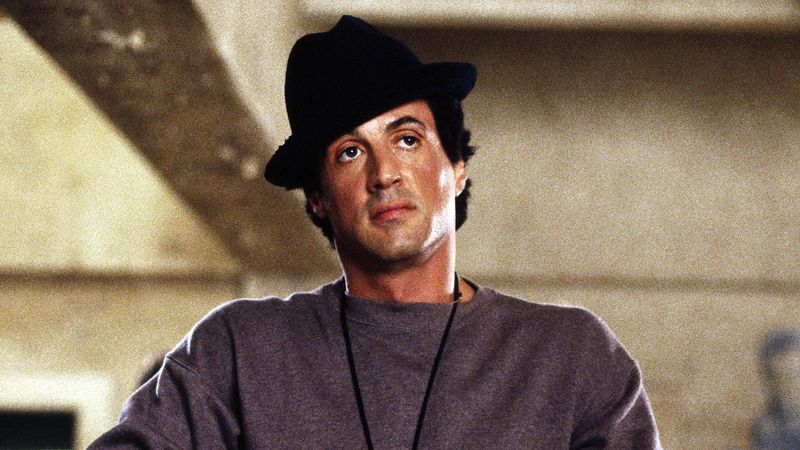
Hollywood magic isn’t always about big budgets and fancy special effects. Sometimes, the most profitable films start with just a shoestring budget and a great idea. These underdog stories show how creativity, smart marketing, and pure filmmaking talent can transform tiny investments into box office gold. From horror flicks made in someone’s house to indie darlings that captured worldwide attention, these films prove that sometimes less really is more.
1. The Blair Witch Project (1999)
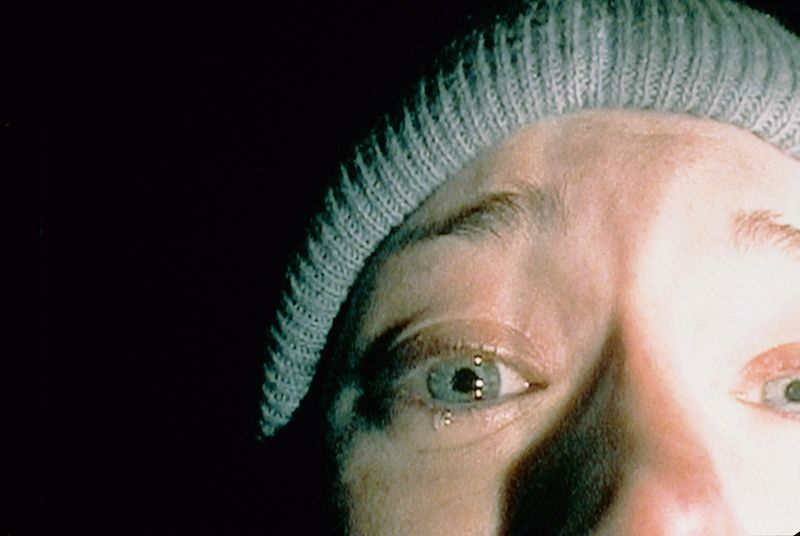
Made for a mere $35,000 to $60,000, this pioneering found-footage horror film terrified audiences worldwide with just some handheld cameras and clever marketing. The filmmakers created a groundbreaking online campaign that convinced many viewers the footage was actually real.
The actors improvised most of their lines while genuinely getting lost in the woods, adding to the authentic fear factor. The directors even restricted their food during filming to increase irritability and tension on screen.
This tiny production exploded at the box office, raking in nearly $250 million worldwide. With its return-on-investment ratio of roughly 4,000 times its budget, The Blair Witch Project remains one of the most profitable films ever made.
2. Paranormal Activity (2007)

Shot for approximately $15,000 in director Oren Peli’s own home, this supernatural thriller revolutionized modern horror. Using stationary cameras and subtle, escalating paranormal events, the film created unbearable tension without showing any monsters or using special effects.
Initially rejected by studios, the movie caught Steven Spielberg’s attention after he reportedly took the DVD home and found his bedroom door mysteriously locked from the inside afterward. This spooky coincidence helped propel the film toward distribution.
Paranormal Activity’s ingenious marketing campaign encouraged audiences to “demand” screenings in their cities, creating massive buzz. The strategy worked brilliantly, helping the film earn approximately $194 million worldwide and spawning a profitable franchise.
3. Rocky (1976)
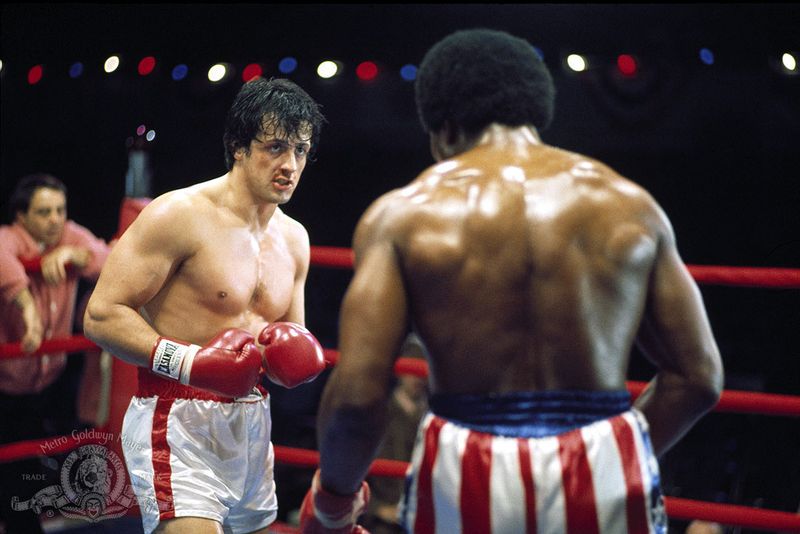
Before Sylvester Stallone became a household name, he was a struggling actor who refused to sell his script unless he could star in it. Made for under $1 million when studios wanted established stars, Rocky was filmed in just 28 days with many scenes captured in single takes to save money.
The iconic training montage on the Philadelphia Museum of Art steps? That was partly because they couldn’t afford to pay for location permits for multiple areas. Even Rocky’s lovable, slightly slurred speech pattern came from Stallone’s own partial facial paralysis from birth complications.
Against all odds, this underdog story about an underdog boxer connected deeply with audiences. Rocky knocked out the competition with approximately $225 million worldwide and won three Academy Awards, including Best Picture.
4. El Mariachi (1992)

Robert Rodriguez famously made this action film for just $7,225 by embracing extreme budget filmmaking techniques. To fund it, he volunteered as a human test subject for medical research! The movie follows a traveling musician mistaken for a hitman in a small Mexican town.
Rodriguez served as his own camera operator, sound recordist, and editor. He used a wheelchair for tracking shots and recruited local townspeople as actors to keep costs minimal. The film’s clever “one-take” approach meant mistakes stayed in the final cut – Rodriguez simply worked them into the story.
Though El Mariachi only earned about $2 million at the box office, its incredible cost-to-profit ratio launched Rodriguez’s Hollywood career. Columbia Pictures distributed the film, and it eventually became part of the prestigious Criterion Collection of important films.
5. Halloween (1978)
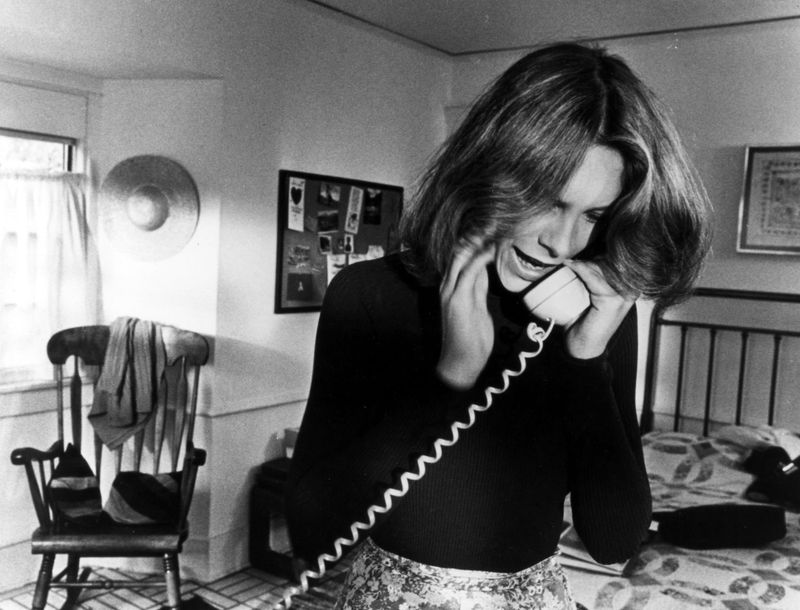
John Carpenter’s slasher masterpiece was filmed on a tiny $325,000 budget, with the crew cutting corners everywhere possible. The iconic Michael Myers mask? Actually a $1.98 Captain Kirk mask painted white! Most of the cast wore their own clothes, and many props were borrowed or thrifted.
Carpenter saved money by composing the haunting musical score himself in just three days. The film was shot in only 20 days in California, though the story takes place in Illinois. Fall leaves were reused in multiple scenes, and crew members would scoop them up after filming to place them in the next location.
Despite these limitations, Halloween earned approximately $70 million worldwide, launching both the modern slasher genre and Jamie Lee Curtis’s career. The film spawned numerous sequels and remains a template for effective, low-budget horror filmmaking.
6. Friday the 13th (1980)
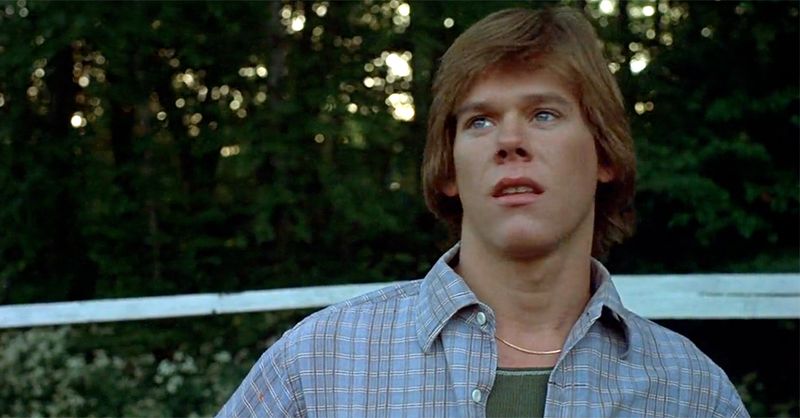
Inspired by Halloween’s success, this slasher classic was produced for between $550,000 and $650,000. The filmmakers shot at an actual summer camp in New Jersey during the off-season, saving significantly on set construction costs. The famous “ki-ki-ki, ma-ma-ma” sound effect? Created by sound designer Harry Manfredini whispering “kill, kill, kill, mom, mom, mom” into a microphone.
Special effects wizard Tom Savini, a Vietnam veteran, drew on his war experiences to create realistic-looking wounds and death scenes. The film’s iconic killer, Jason Voorhees, barely appears – his hockey mask, now synonymous with the franchise, wasn’t introduced until the third film.
Friday the 13th slashed its way to approximately $59.8 million globally, establishing one of horror’s most enduring franchises with twelve films and counting. Not bad for a movie initially conceived to simply cash in on another film’s success!
7. Get Out (2017)
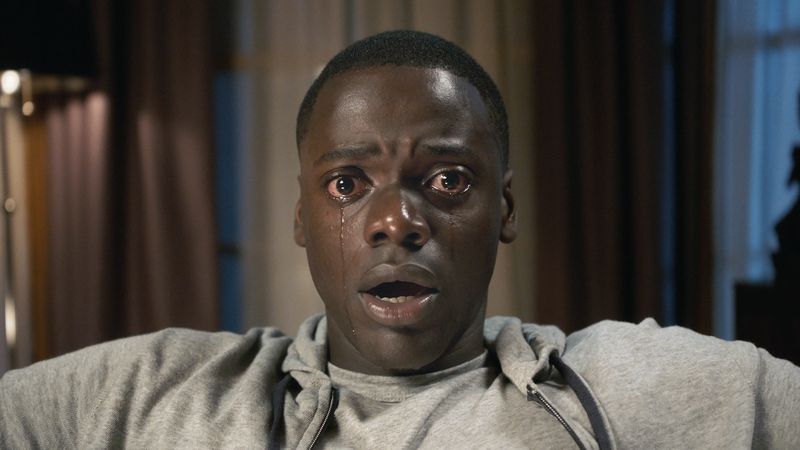
Comedian Jordan Peele’s directorial debut cost just $4.5 million – tiny by modern horror standards. Filmed in only 23 days in Alabama, the production maintained a lean budget while crafting a sophisticated social thriller about racism in America. Lead actor Daniel Kaluuya was relatively unknown at the time, allowing the production to secure his talents affordably.
The film’s hypnosis scenes, now iconic in horror cinema, were achieved through simple lighting effects and actor performances rather than expensive visual effects. Peele even composed the unsettling “sink scene” on set without elaborate pre-planning.
Get Out resonated deeply with audiences and critics alike, grossing approximately $252 million worldwide. It earned Peele an Academy Award for Best Original Screenplay, making him the first Black writer to win in this category, while establishing him as a major filmmaking force.
8. The Conjuring (2013)
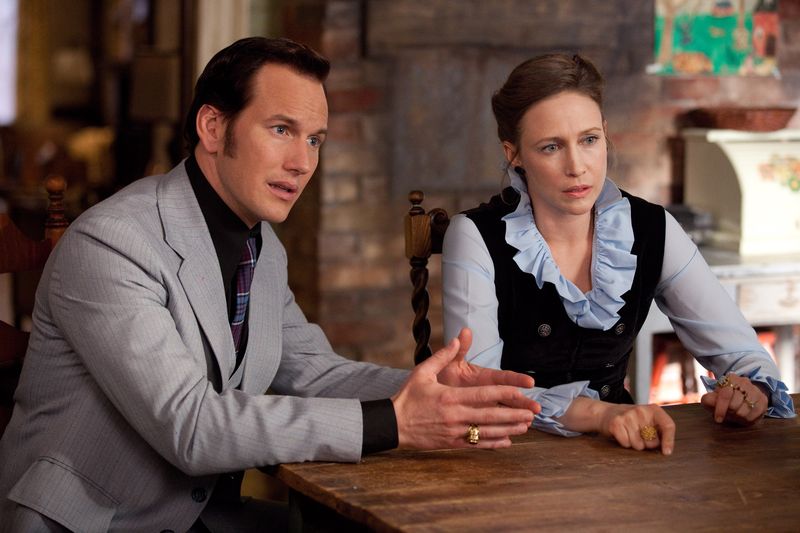
With a modest $20 million budget (small for a studio horror film), director James Wan created one of the most profitable horror franchises ever. Rather than relying on CGI monsters, The Conjuring built tension through atmosphere, sound design, and practical effects. The farmhouse setting allowed for contained, cost-effective filming.
Wan’s “old-school” approach meant using camera movements and editing tricks rather than expensive digital effects. The infamous “clapping game” scene was achieved with simple lighting and performance. Even the period setting (1970s) helped keep costs down by avoiding modern technology in the story.
The film’s realistic approach to paranormal investigation resonated with audiences, earning approximately $319.5 million worldwide. This massive success spawned an entire “Conjuring Universe” of interconnected films that has collectively earned over $2 billion globally – all starting from this relatively modest production.
9. Napoleon Dynamite (2004)
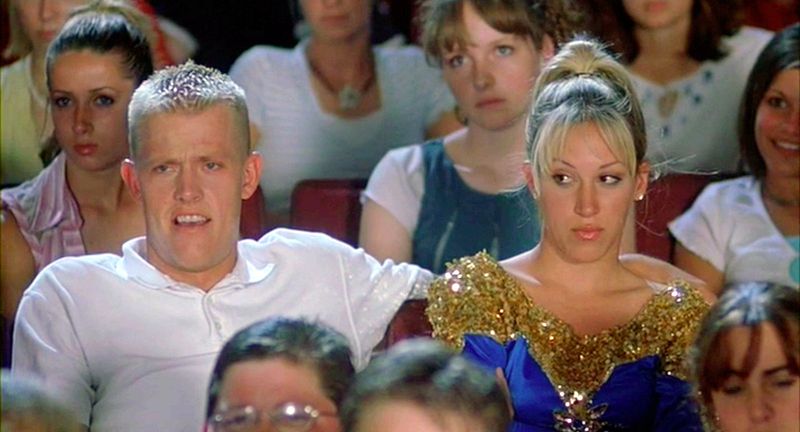
Shot for approximately $400,000 in director Jared Hess’s hometown in Idaho, this quirky comedy featured mostly unknown actors and real locations. The lead character’s awkward dance sequence – now legendary – was improvised by actor Jon Heder, who was initially paid just $1,000 for his performance (though he later received more after the film’s success).
The film’s distinctive look came from shooting on expired 35mm film stock, which was cheaper but created the movie’s unique visual aesthetic. Many cast members wore their own clothes, and several scenes featured Hess’s actual family members as extras.
After premiering at Sundance Film Festival, Napoleon Dynamite became a word-of-mouth phenomenon, eventually grossing approximately $46 million. Its quotable lines and deadpan humor created a cult following, with merchandise sales adding significantly to its profitability. Not bad for a film about a socially awkward teen and his llama!
10. The Evil Dead (1981)
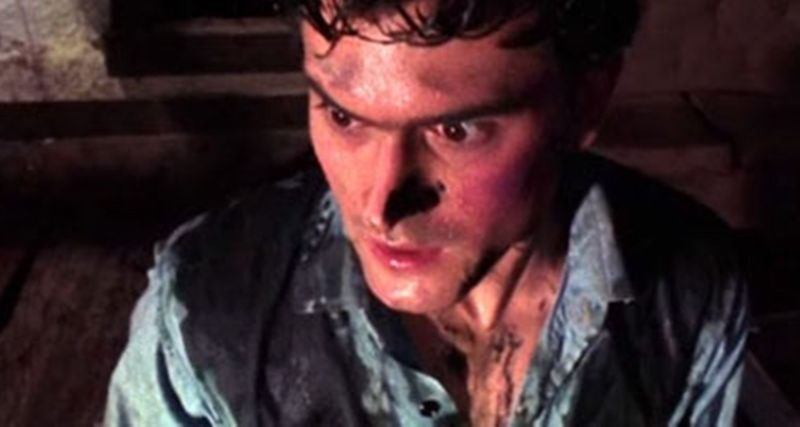
Sam Raimi’s horror classic was financed through a painful process of raising approximately $350,000 from local Michigan investors. Shot in a real abandoned cabin in the Tennessee woods, the production was plagued with hardships – the cast and crew slept in the cabin during filming, enduring freezing temperatures and genuinely difficult conditions.
The film’s innovative camera techniques, including the famous “evil force” POV shots racing through the forest, were achieved using a camera mounted on a board carried between two runners. Fake blood was made from corn syrup and food coloring, while demon makeup was created from whatever materials the team could afford.
Despite its humble origins, The Evil Dead grossed nearly $30 million and launched both Raimi’s and actor Bruce Campbell’s careers. Stephen King’s early praise helped the film find its audience, eventually becoming a beloved cult classic that spawned sequels, a remake, and even a TV series.

Comments
Loading…